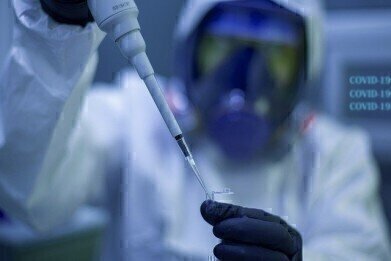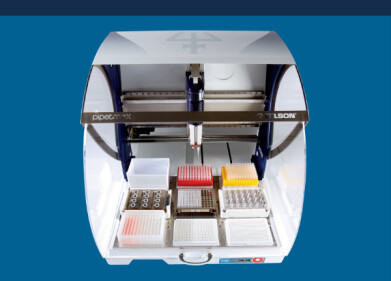Laboratory Products
What Does 95% Efficacy Actually Mean?
Dec 18 2020
There’s no shortage of hype surrounding the highly anticipated COVID-19 vaccines, which claim to offer efficacy rates as high as 95%. Both Moderna and Pfizer-BioNTech have developed vaccines with impressive success rates, though statistician Atanu Biswas says it’s important to understand exactly what this means.
“Primary efficacy analysis demonstrates BNT162b2 to be 95% effective against COVID-19 beginning 28 days after the first dose;170 confirmed cases of COVID-19 were evaluated, with 162 observed in the placebo group versus 8 in the vaccine group,” reads a press release issued by Pfizer-BioNTech. “Efficacy was consistent across age, gender, race and ethnicity demographics; observed efficacy in adults over 65 years of age was over 94%.”
The development of all three COVID-19 vaccines has been drastically accelerated, which means long-term efficacy rates remain unknown. Biswas says that while vaccine efficacy appears high it’s possible the figures will change over the coming months. For this reason, experts maintain it’s important to maintain vigilance and not become complacent following the rollout of vaccine campaigns.
Understanding vaccine efficacy
Biswas also stresses the importance of understanding the meaning of vaccine efficacy, a concept that many people are unfamiliar with. The term was first coined in 1915 by scientists M Greenwood and GU Yule, who published a research article in the in the Proceedings of the Royal Society of Medicine. The pair outlined the concept of protective vaccine efficacy, using antityphoid and anti-cholera inoculation data to showcase the mathematical deduction. The concept is relatively simple, with infection rates of a vaccinated group of patients compared to infection rates of an unvaccinated group.
A simple yet powerful equation
The level of efficacy is determined by calculating the proportionate reduction in attack rate (AR) between the vaccinated (ARV) and unvaccinated (ARU) groups. The percentage of ARV to ARU is known as the risk ratio (RR), with lower values reflecting better performance. To calculate vaccine efficacy the RR is deduced from a value of one, then expressed as a percentage. So, an RR of 5% translates to an efficacy rate of 95%.
“The study results mark an important step in this historic eight-month journey to bring forward a vaccine capable of helping to end this devastating pandemic, says Pfizer Chairman and CEO Dr. Albert Bourla. “We continue to move at the speed of science to compile all the data collected thus far and share with regulators around the world. With hundreds of thousands of people around the globe infected every day, we urgently need to get a safe and effective vaccine to the world.”
Pfizer, BioNTech and other biopharmaceutical companies developing COVID-19 vaccines are all heavily reliant on next-generation laboratory equipment. To find out more about the industry and where VAT charges fit in, don’t miss ‘Are you being mischarged for your lab equipment?’
Digital Edition
ILM 49.5 July
July 2024
Chromatography Articles - Understanding PFAS: Analysis and Implications Mass Spectrometry & Spectroscopy Articles - MS detection of Alzheimer’s blood-based biomarkers LIMS - Essent...
View all digital editions
Events
ACS National Meeting - Fall 2024
Aug 18 2024 Denver, CO, USA
Aug 25 2024 Copenhagen, Denmark
Aug 28 2024 Phnom Penh, Cambodia
Sep 04 2024 Chiba, Tokyo, Japan
Sep 04 2024 University of Warwick, Coventry, UK





24_06.jpg)












